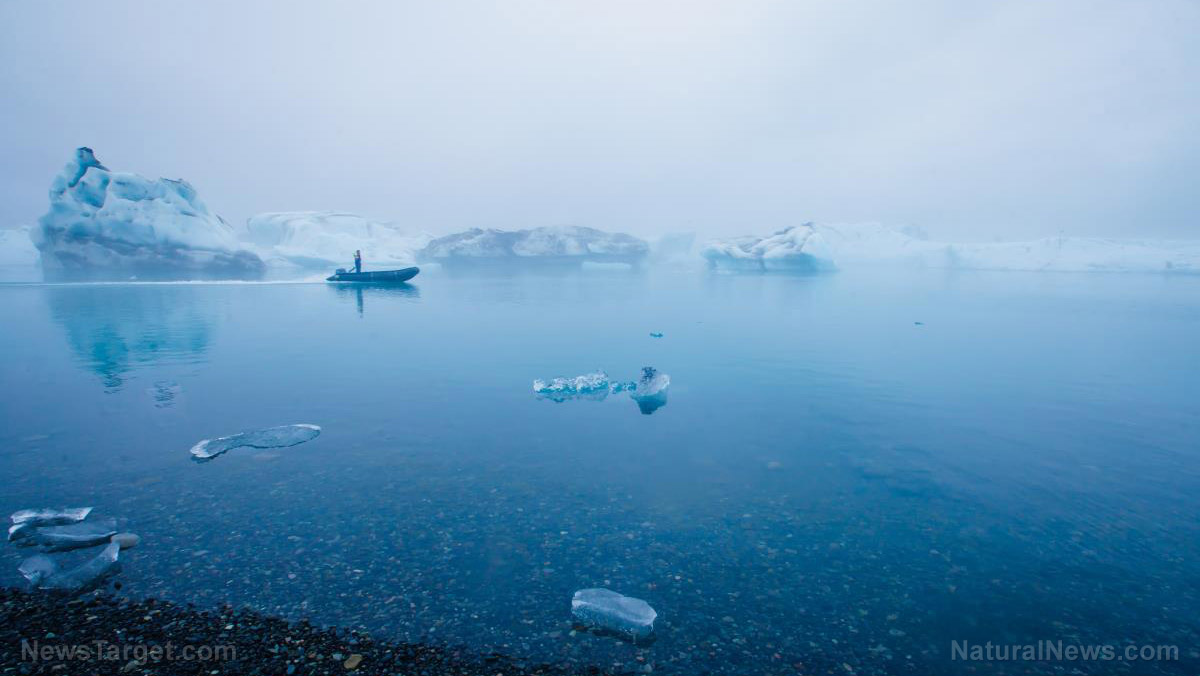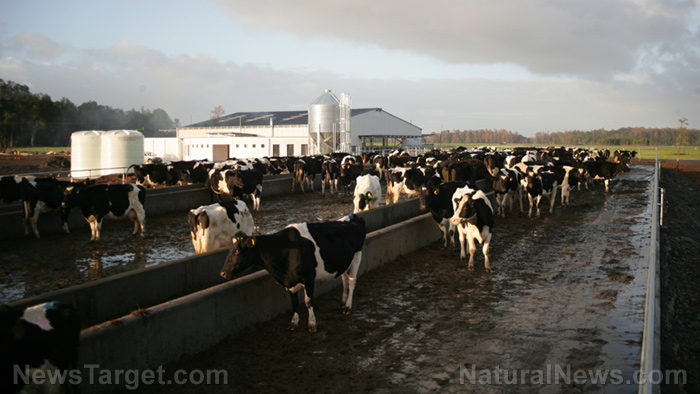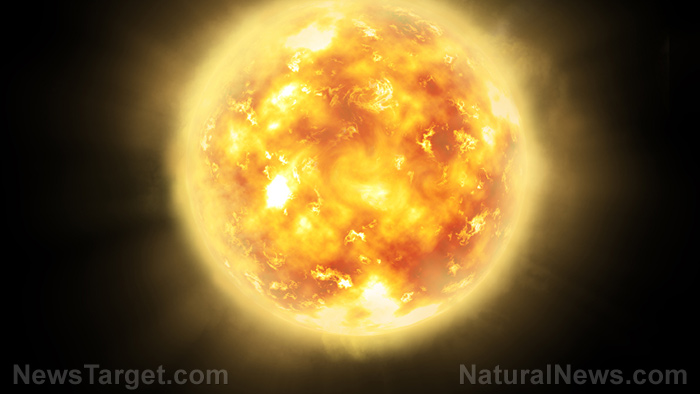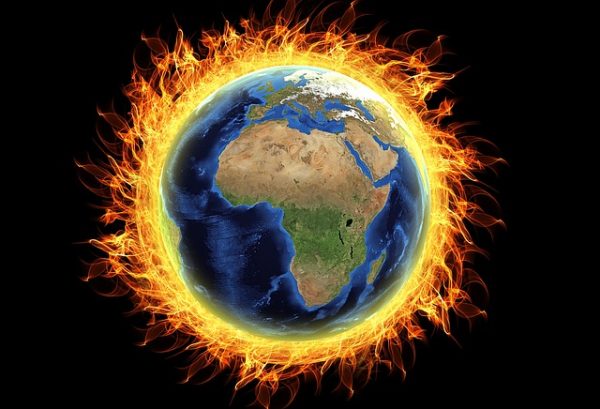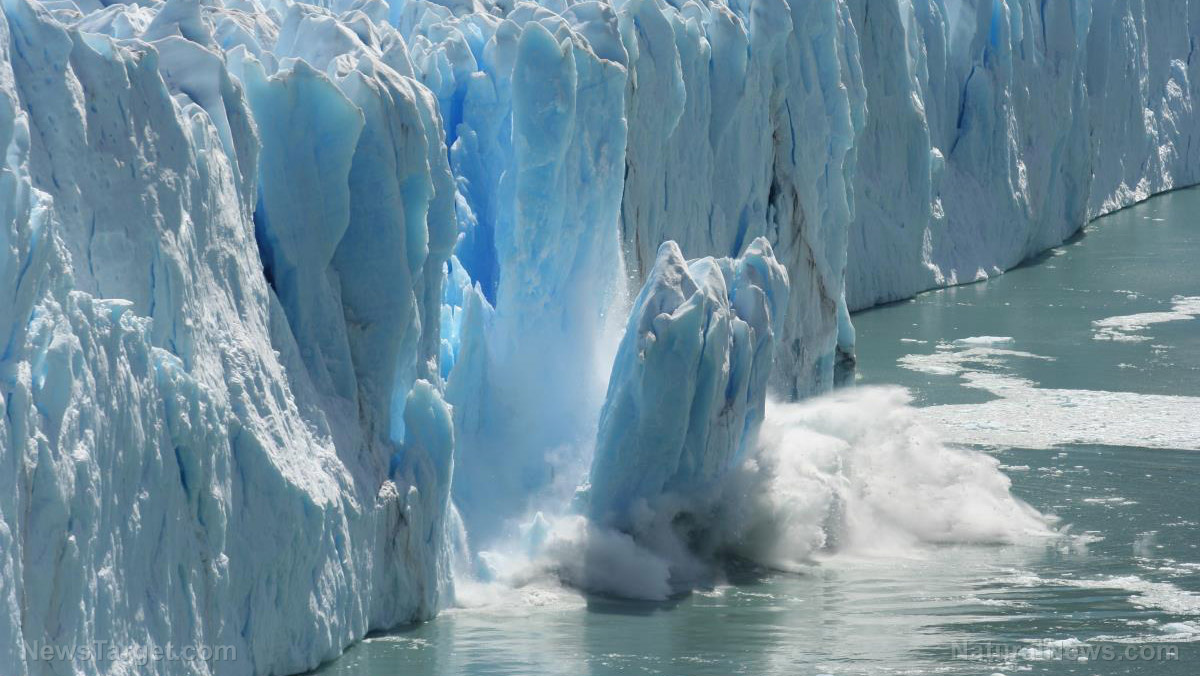Asteroid that killed the dinosaurs also cooled Earth’s climate; more proof temperatures have ebbed and flowed over eons
09/29/2018 / By Isabelle Z.
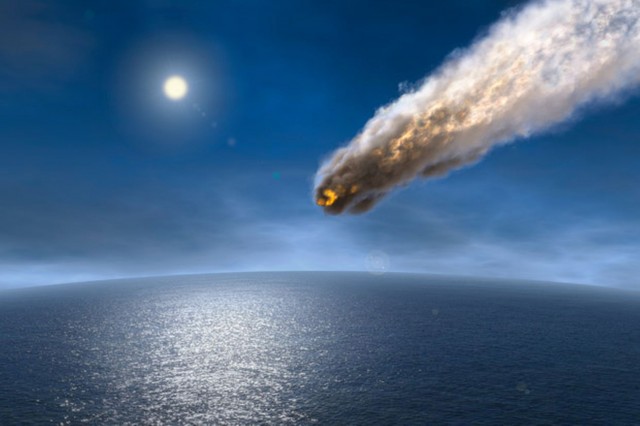
The impact of the famous Chicxulub asteroid was strong enough to wipe out the gigantic dinosaurs that once roamed the earth, so it is reasonable to believe that such an impact would also have a significant effect on the planet’s atmosphere that could have lasted for many years. Now, however, scientists have discovered that it had a much bigger effect on the climate than once believed.
That’s because researchers thought that the seven-mile wide asteroid hit the planet at a 90-degree angle when it struck 66 million years ago. Now, however, drilling expeditions at the crater of the asteroid near the Yucatan Peninsula in the Gulf of Mexico indicate the hit came at an angle closer to 60 degrees.
The impact has long been known to have released a huge amount of energy in mere seconds, spurring global firestorms and tsunamis, strewing hurricane-force winds across the lands, and triggering earthquakes and landslides. However, it’s the global cooling caused by the event that is believed to be responsible for killing off the dinosaurs as well as around 75 percent of all the animal and plant species that had been living on Earth at the time.
Revised calculations show much more dramatic cooling caused by asteroid
After recalculating its effects in light of this new information about the angle of impact, the researchers found that a global cooling disaster occurred that was far worse than previous estimates showed. In fact, they now believe that the Chicxulub event actually released more than three times the climate-cooling sulfur gas of previous estimates, throwing more than 300 billion tons of sulfur into our atmosphere When the impact released dust and gases into the upper atmosphere, it reflected the sun’s energy right back into space, causing the Cretaceous-Paleogene extinction event and chilling the planet dramatically.
Now, researchers believe that the sulfur gas that was created by vaporized rock and sea water dropped the planet’s surface temperatures by around 47 degrees Fahrenheit, on average, almost instantly. These temperatures probably persisted over the course of several years until much of the aerosolized sulfur eventually fell from the sky.
The effect on sea life likely lasted much longer, however, because the oceans could have taken hundreds of years to rewarm after the impact.
In separate research, scientists also recently discovered that the Earth was likely plunged into darkness for nearly two years following the impact as 15,000 million tons of soot were sent into the atmosphere, creating a thick barrier that sunlight couldn’t penetrate and making photosynthesis impossible during that period.
Scientists gaining a better understanding of climate change
These updated findings could give researchers a better understanding of how the planet’s climate changed following the asteroid impact and help provide a clearer picture of the concept of climate change in general. It also shows that the planet’s temperatures have undergone dramatic changes throughout history and that any changes seen in modern times are not necessarily a cause for alarm.
In addition, it illustrates just how much all of this is out of our hands. The amount of carbon that human activity releases into the atmosphere pales in comparison to the amount released by a volcano, for example. Indeed, reducing the carbon in the atmosphere by too much, as some global warming alarmists suggest, would lead to the type of global cooling that killed off so much of the life on this planet all those years ago.
Sources include:
Tagged Under: Asteroid, asteroid impact, asteroids, Chicxulub, climate change, climate science, Dinosaurs, environment, Global Cooling, global warming, space exploration

